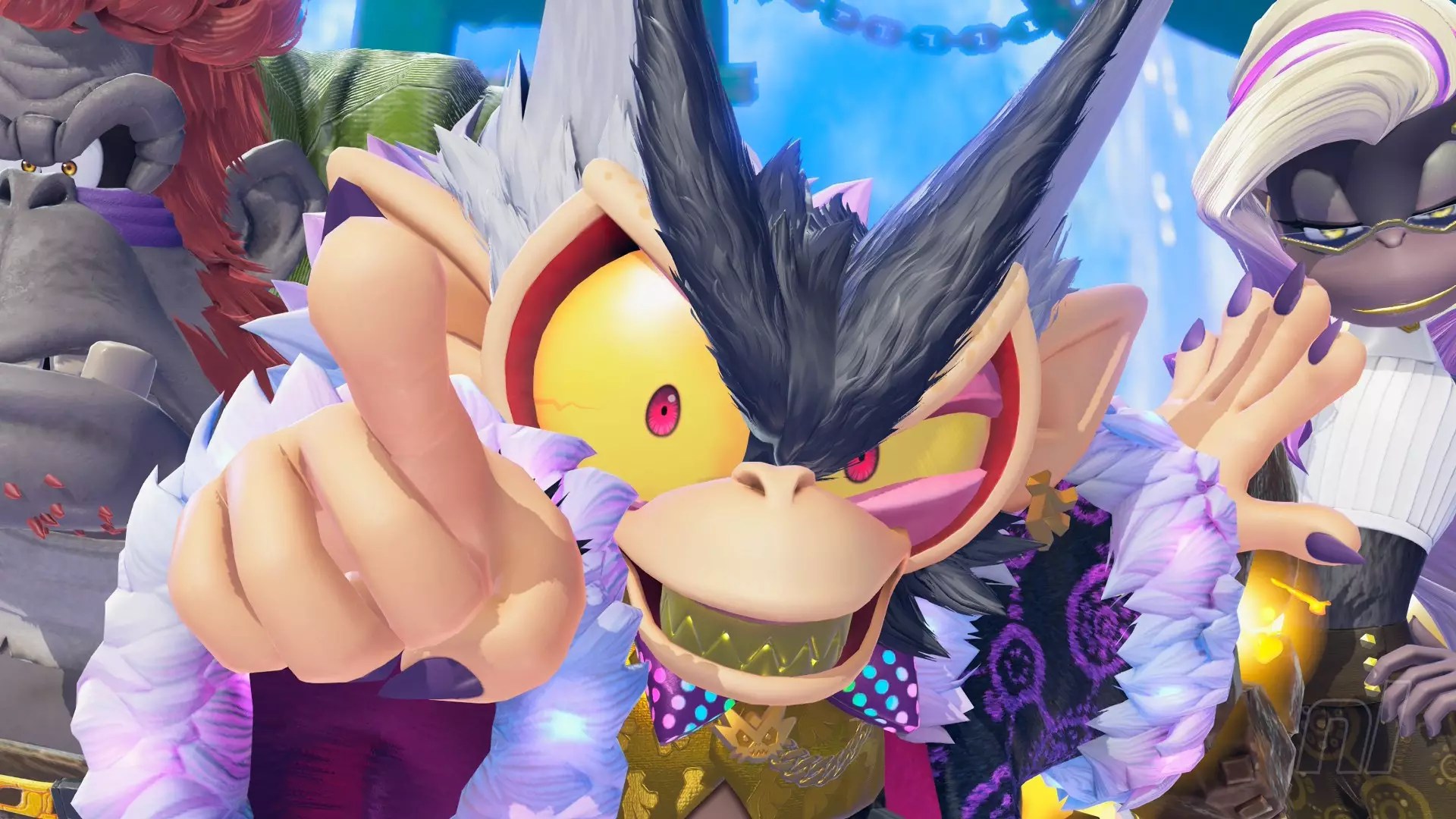Donkey Kong Bananza boldly endeavors to reignite the magic that made the original arcade and platform adventures unforgettable. Rather than resting on the laurels of nostalgia, it leverages familiar elements to craft an experience that pays homage to the series’ storied legacy while introducing fresh gameplay twists. The game’s thoughtful integration of past symbols and references demonstrates a nuanced understanding of the series’ cultural weight, yet it also risks seeming overly reliant on old glory. Nonetheless, this blending of reverence and innovation elevates Bananza beyond mere fan service, making it a compelling platform for both veteran players and newcomers eager to discover why Donkey Kong remains iconic.
What sets this installment apart is its meticulous attention to detail—each easter egg and throwback feels purpose-built rather than arbitrary. From the return of Rambi to the inclusion of Pauline’s classic attire, these elements serve as both tributes and functional parts of gameplay, bridging the game’s history with its present. This layer of thoughtful craftsmanship ensures players are not merely encountering references but are invited to immerse themselves in a universe that sincerely respects its roots. And, frankly, that level of care makes the experience more captivating and rewarding.
Layered Levels as Homages: A Respectful Nod to the Series’ Elegance
One of Bananza’s most admirable strategies is its layered level design, which consciously channels the spirit of the original Donkey Kong and subsequent entries. The strategic placement of tribute levels, such as the Hilltop Layer’s Nostalgia Country and the Resort Layer’s Mine Cart World, exemplifies a commitment to celebrating key franchise milestones. These sections are not just superficial callbacks; they echo gameplay mechanics and thematic motifs that players have come to cherish, like the frantic excitement of mine cart rides or the lush, vibrant atmosphere of Donkey Kong Country.
Furthermore, the Radiance Layer’s Arcade Country perfectly encapsulates the vintage feel of the 1981 original, reminding players that the series has always been about more than just platforming—it’s about fun, challenge, and a splash of arcade-era charm. This respect for history is not superficial but woven into the fabric of gameplay, making each level a portal into the series’ developmental history. Each homage is carefully crafted, suggesting a reverence not just for nostalgia but for the evolution of gameplay mechanics that define the series.
Fossils and Easter Eggs: Deepening the Series’ Lore
A fascinating aspect of Donkey Kong Bananza is its hidden lore and Easter eggs—elements that reward attentive players with an expanded universe of characters and references. These fossils serve as digital tombstones, recalling previous characters such as Tricky the Triceratops from Donkey Kong Racing and Engarde the swordfish from Donkey Kong Country. Discovering these relics is like unearthing hidden gems that deepen the narrative universe, offering a layered experience for those willing to look closer. These subtle nods forge a narrative bridge connecting the game’s present with its expansive history, rewarding fans who have followed the franchise over the decades.
Additionally, the inclusion of character-specific Easter eggs—like fossils, references, and visages—embody a genuine love for the series’ colorful cast. Such inclusions suggest that Bananza is less about new characters and more about celebrating the storylines and personalities that have crafted Donkey Kong’s legacy. The fossils serve as a history lesson embedded within gameplay, subtly acknowledging the franchise’s evolution while inviting players to dig deeper into its lore.
The Charm of Familiar Faces and Legendary Attire
Among Bananza’s newer features, the reintroduction of Pauline’s costumes—her classic attire from the original arcade game and her diva dress from Mario Odyssey—embodies the seamless blending of franchise universes while paying respect to individual characters. These costumes are inherently more than cosmetic options; they symbolize a celebration of character evolution, bridging generations of gamers and game design. The fact that players can unlock these outfits through amiibo or in-game means underscores a thoughtful approach to player engagement, catering to both collectors and casual fans.
From an aesthetic perspective, these costume options serve as nostalgia anchors, reminding players of the character’s journey far beyond the original Donkey Kong arcade. They also reinforce the idea that a character’s identity, much like the game itself, is fluid and layered—shaped by different eras, games, and player memories. Such details reinforce that Bananza is not merely a nostalgic trip but a celebration of the franchise’s ongoing narrative.
Donkey Kong Bananza shines as an exemplar of how a franchise can honor its roots while paving the way forward. Its layered levels, subtle yet meaningful easter eggs, and character-centric details create a game that feels both familiar and innovative. At its core, the title asks players to appreciate the history encoded within its mechanics and art, encouraging a kind of reverent exploration. While some may critique it for leaning heavily on nostalgia, it’s undeniable that Bananza manages to balance reverence with fresh design, making it a noteworthy chapter in the ongoing saga of Donkey Kong.


Leave a Reply